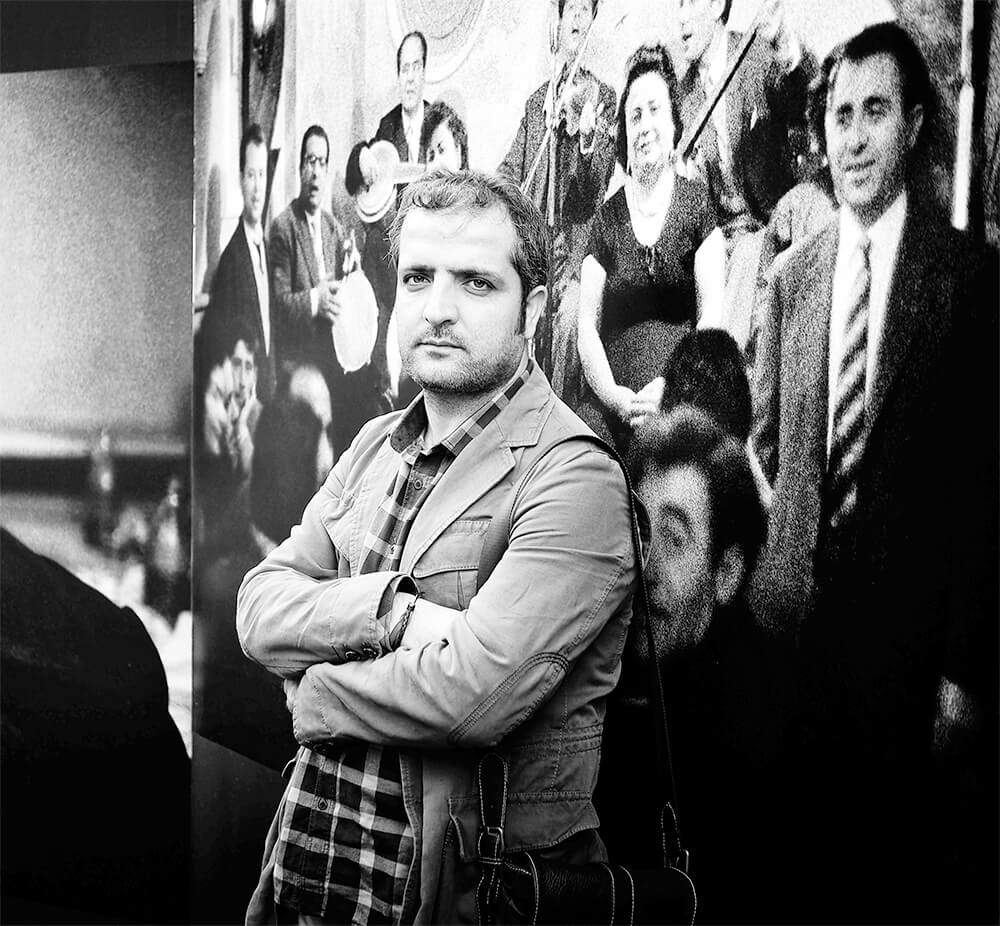Sinan Kiliç, living in Izmir, Turkey is one of the co-founders of
Mahzen Photos. He has taken part in many photo festivals and exhibitions at national and international level. In the belief that photography has an important power in terms of witnessing time and the formation of social consciousness he takes photographs both in the field of street and documentary photography. He organizes photo workshops for children. He is also teaching in various photo workshops and is one of the co-founders of a photo art workshop named "No 238" in Izmir.
MOTTO OF CITY AND LIFE
A city is actually a visible or an invisible multitude; With its buildings, wracks and ruins, Lives glide from the walls, shadows, loneliness and crowds...
The feelings of losing our eye sight that is disintegrated by this multitude...
The connections and the contacts of the subjects which are similar to each other as you walk and as you contact, there is a connection of the bodies. The city and the body parts are with this connection, actual identities are lost and the new identity scenes are created!
